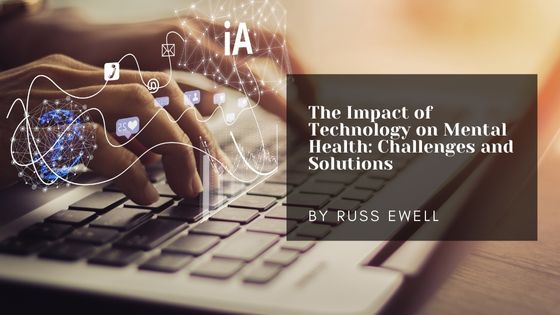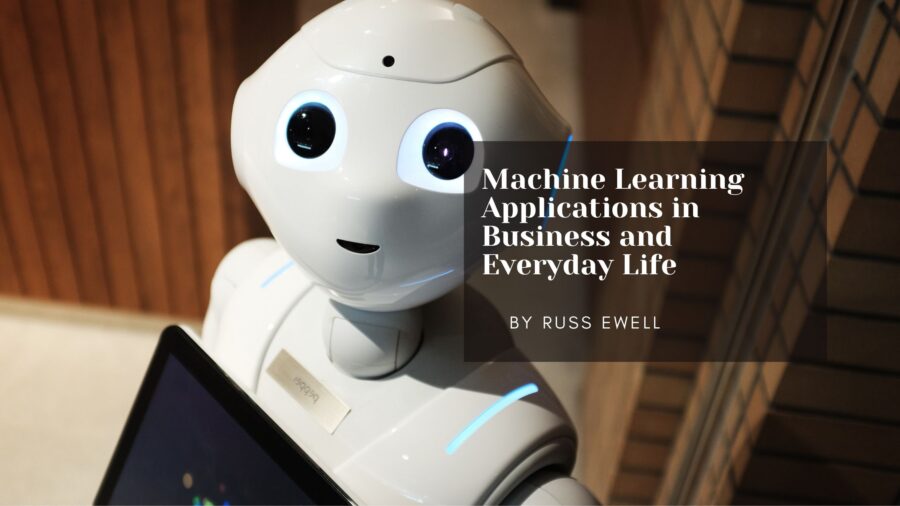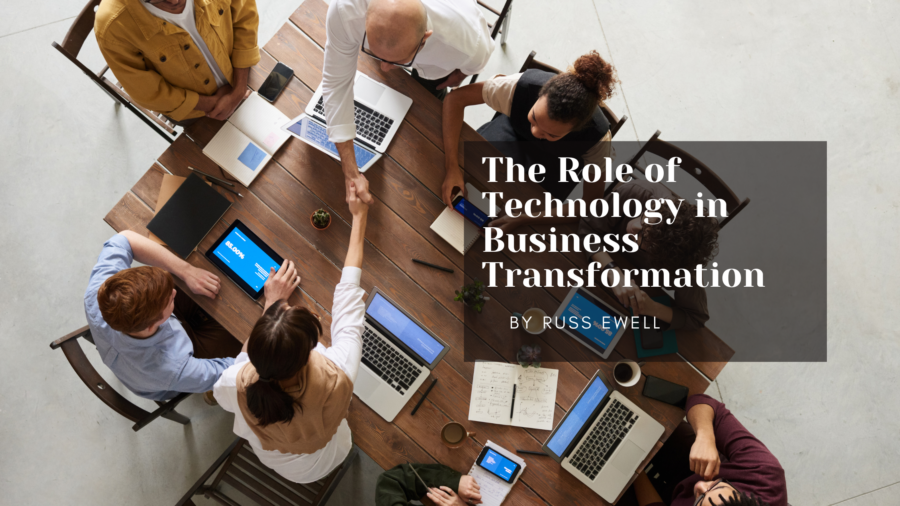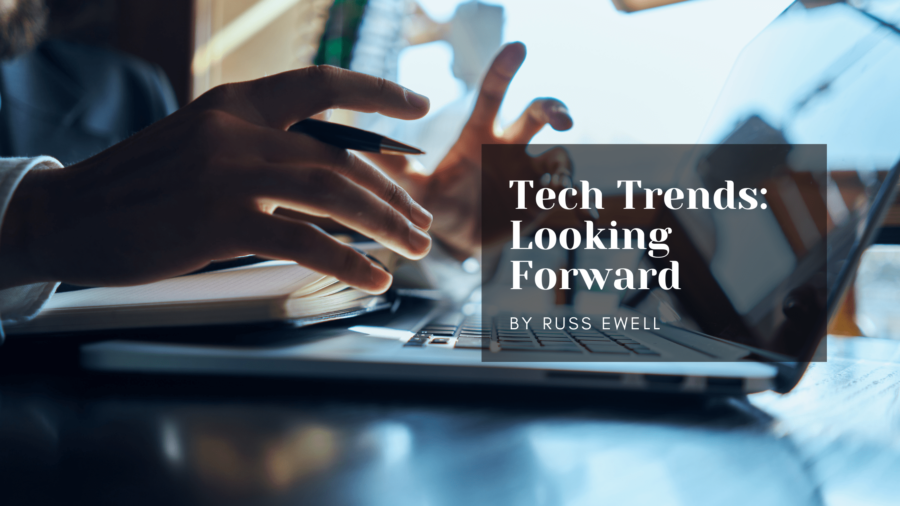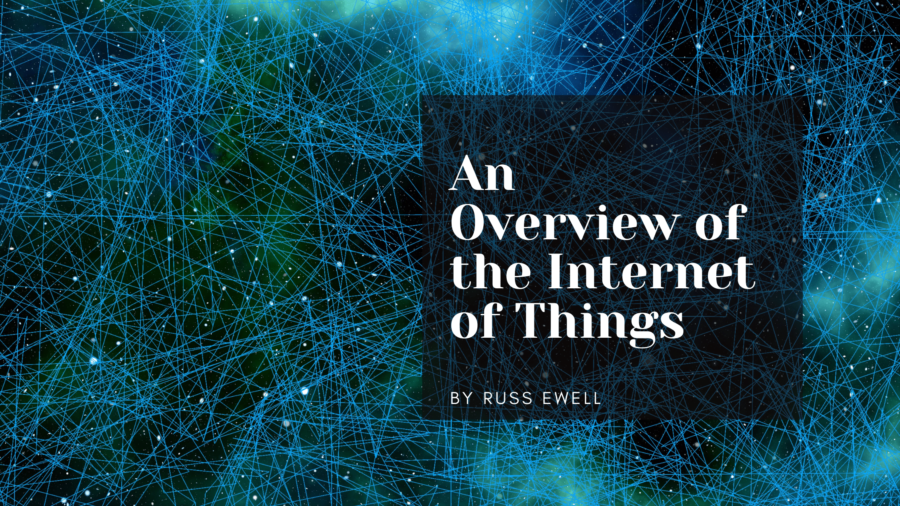Voice technology is transforming the way we interact with digital devices, creating a new paradigm for user interfaces (UIs). By enabling users to communicate with machines through natural language, voice interfaces (VIs) offer a more intuitive, efficient, and hands-free way to access information and services. This shift is revolutionizing industries and reshaping how businesses think about customer engagement, accessibility, and product design. Here’s how voice technology is changing user interfaces.
1. Hands-Free and Multitasking Efficiency
One of the most significant advantages of voice technology is that it allows for hands-free operation, which is especially beneficial in situations where physical interaction with a device is either inconvenient or unsafe. Whether driving, cooking, or exercising, users can now access information, control devices, and complete tasks without needing to touch a screen or keyboard.
This convenience is transforming how users engage with technology in environments where traditional UIs are impractical. For example, smart home devices like Amazon Echo or Google Nest have made it easier for users to control lighting, thermostats, or media with simple voice commands, enabling more seamless multitasking.
2. Improving Accessibility for All Users
Voice technology has been a game changer for accessibility. For individuals with physical disabilities, visual impairments, or limited dexterity, voice interfaces provide an alternative to traditional UIs that rely on touchscreens, keyboards, or mice. This inclusivity opens up a world of digital interaction for people who may have previously struggled to access certain technologies.
By removing physical barriers, voice technology has enhanced digital accessibility in everything from smartphones to connected home devices. Additionally, voice assistants can be customized to understand different languages, dialects, and speech patterns, making digital services more accessible across diverse populations.
3. Natural Language Processing (NLP) and Intuitive User Experiences
The rise of natural language processing (NLP) has played a crucial role in advancing voice technology. NLP enables machines to understand, interpret, and respond to human speech in a way that feels natural and conversational. Instead of using structured commands, users can now interact with devices through everyday language, which simplifies the user experience and reduces the learning curve associated with using new technology.
This conversational interface makes interactions with machines feel more human-like. Whether asking a voice assistant for the weather forecast or instructing a device to schedule an appointment, the ability to converse with technology as if it were another person creates a more engaging and personalized experience.
4. Redefining User Interface Design
The growing popularity of voice technology is prompting a shift in how UIs are designed. Traditional graphical user interfaces (GUIs) have long been the standard, relying on visual elements like buttons, menus, and icons. However, with voice interfaces, the focus shifts away from visuals and towards the auditory experience.
This change has profound implications for UI/UX designers, who must now prioritize usability in entirely new ways. Designers need to think about user flows, feedback mechanisms, and error handling differently, ensuring that voice interactions are smooth, responsive, and user-friendly. Additionally, the absence of a visual interface in voice-first experiences requires designers to ensure that interactions are simple, logical, and easy to remember.
5. Integration with AI and Personalization
Voice technology is often paired with artificial intelligence (AI) to deliver personalized experiences. AI enables voice assistants to learn from user behavior, preferences, and habits, allowing them to offer tailored suggestions and anticipate user needs. Over time, voice assistants like Siri, Alexa, and Google Assistant can recognize patterns, such as preferred music playlists or frequent requests, enhancing the user experience with proactive, personalized responses.
This deep integration of AI and voice technology is pushing the boundaries of what digital assistants can do, from ordering groceries to providing reminders and even managing home security systems.
Conclusion
Voice technology is rapidly transforming user interfaces by making interactions with digital devices more intuitive, accessible, and efficient. As the technology continues to evolve, its impact on UI design will deepen, with voice interfaces becoming an integral part of the digital landscape. The shift from visual to voice-driven UIs not only improves accessibility and convenience but also opens up new possibilities for personalization and hands-free multitasking. As businesses adapt to these changes, the future of voice technology promises even more innovations in user experience and digital interaction.


